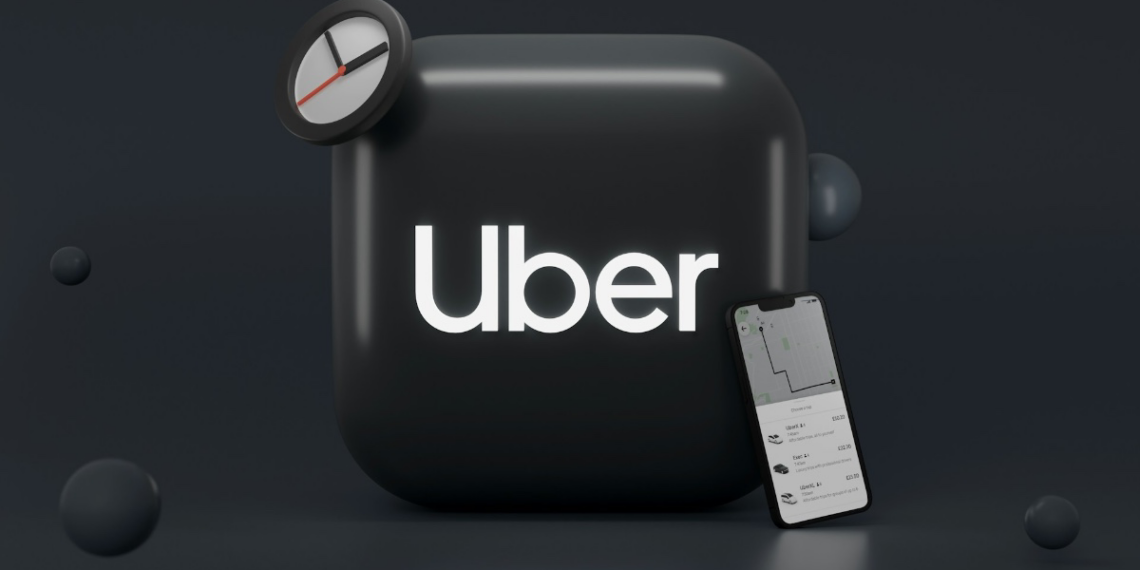Uber, the ride-hailing giant valued at $140 billion with over 6 million drivers, didn’t achieve this huge scale overnight.
Like many startups, Uber struggled with the classic “chicken and egg” problem in its early days. Without a sufficient number of drivers, riders wouldn’t be able to hail a car easily. On the other hand, drivers wouldn’t be incentivized to join the platform if there weren’t enough riders requesting trips.
Scott Gorlick, one of Uber’s first 100 employees who helped the company expand globally, reflected on the innovative strategies that facilitated Uber’s exponential growth from zero to millions of drivers worldwide.
In the early stages of Uber’s expansion, the company faced the challenges of building a marketplace where both riders and drivers would thrive. Gorlick recounted the tactics that were leveraged in tackling this challenge. They were:
1. Paying Drivers Hourly to Ensure Availability
To entice drivers during the initial launch phase in new cities, Uber offered a guaranteed hourly wage of $30, regardless of the number of trips completed, even during off-peak hours.
This approach addressed a known issue in the early stages, creating the perception of readily available cars for riders. No longer did riders have to worry about extended wait times due to a lack of drivers.
Initially, Uber focused on attracting drivers for its high-end service, UberBLACK. This meant riders could expect luxury vehicles like Towncars, Suburbans, and Escalades for their trips.
This premium service likely appealed to drivers seeking a higher earning potential. As demand for Uber’s ride-hailing service grew, Uber expanded its offerings to include more budget-friendly options like uberX.
The diversification broadened Uber’s rider base while providing drivers with the flexibility to have a wider range of clientele.
2. Strategic Placement in High-Traffic Areas
Uber strategically positioned its vehicles near popular nightlife areas, like bars and restaurants, during peak hours, especially on weekends. This wasn’t a random choice.
Anticipating rider demand in these high-traffic zones helped Uber ensure increased user satisfaction in several ways.
Having cars readily available in these areas meant shorter wait times for riders. This eradicated the frustration of waiting for a cab or finding alternative transportation after a night out, ultimately accomplishing Uber’s core value proposition to offer a convenient and on-demand ride at any time.
Riders who had a smooth and efficient experience with Uber were more likely to recommend the service to others, further expanding Uber’s reach.
3. Leveraging Social Referrals for Rapid Growth
Recognizing the power of word-of-mouth marketing, Uber implemented a smart referral program that rewarded both riders and new users with discounts on their rides.
This strategy effectively tapped into two key aspects of human behaviour: the desire for incentives and the natural tendency to share positive experiences with friends and family.
With discounts, Uber created motivation for existing riders to spread the word about the app. People are more likely to recommend products or services they enjoy, and the discount brought a talking point and an extra nudge to encourage riders to share their positive Uber experiences.
With each successful referral, Uber’s user base expanded exponentially. Existing riders received a discount for referring a friend, increasing their satisfaction and loyalty to Uber.
New users who were referred benefited from a discount on their first ride, making it more likely for them to become regular users themselves.
As more riders joined the platform, the availability of drivers increased, improving wait times and user experience for everyone.
These targeted strategies helped Uber successfully overcome the initial challenges of supply and demand imbalance.
Gorlick emphasized the importance of timing and focused efforts in grooming Uber from a startup into a global phenomenon.
These lessons are applicable to startups and businesses seeking to scale and disrupt industries.






